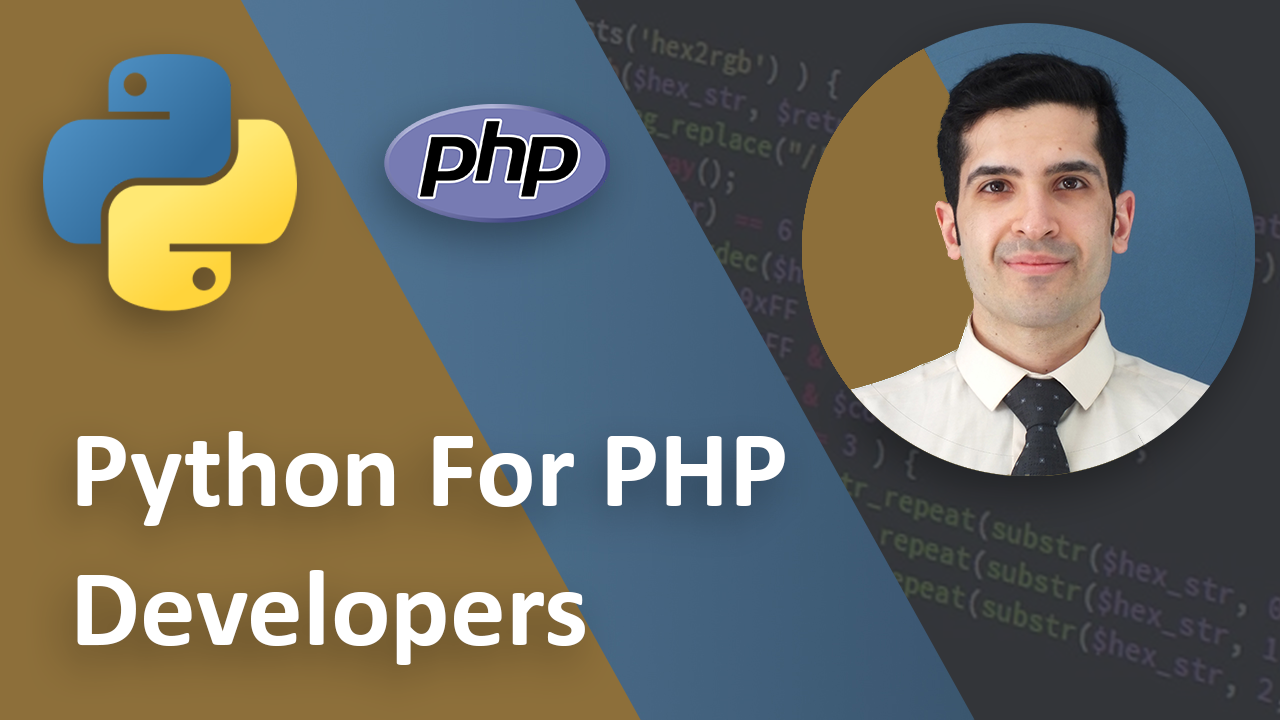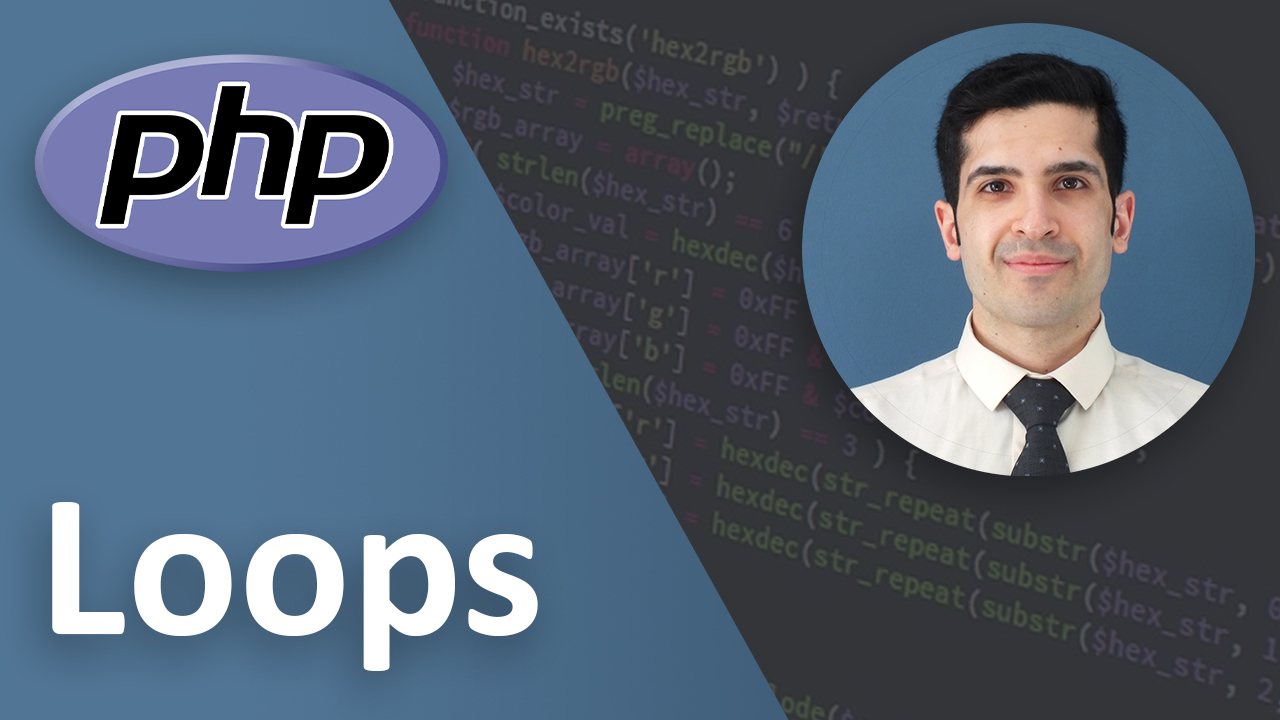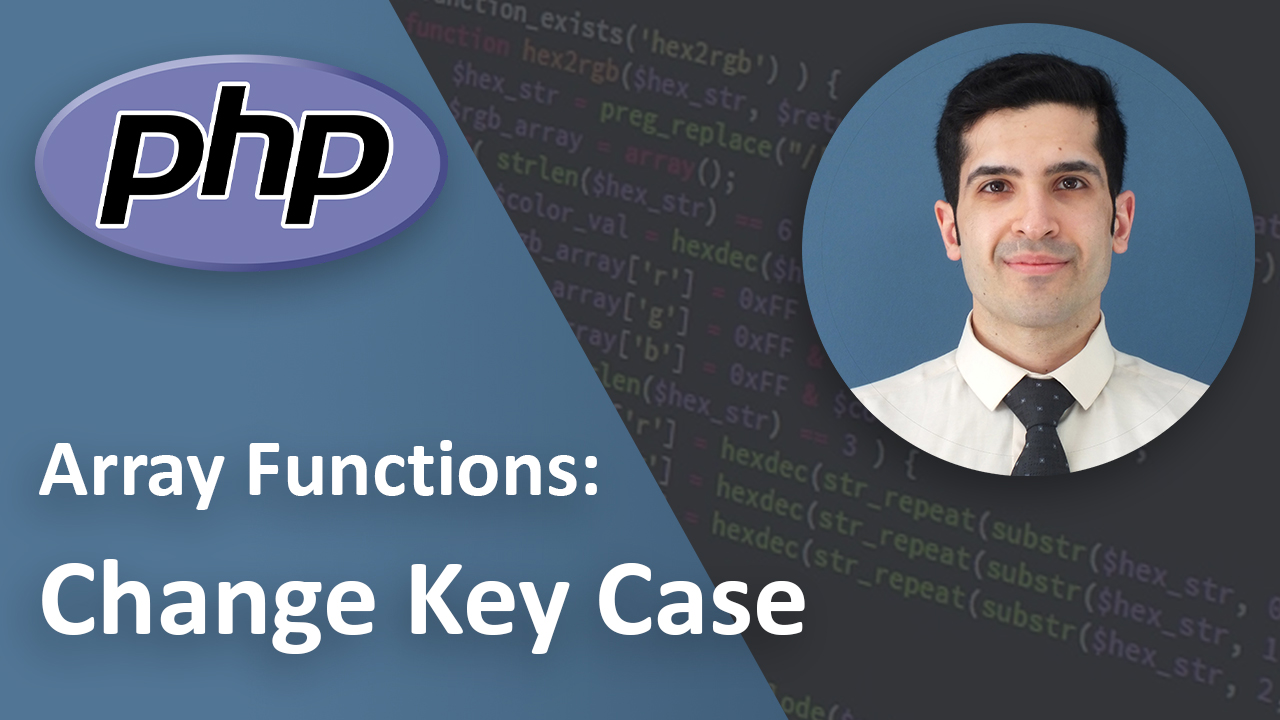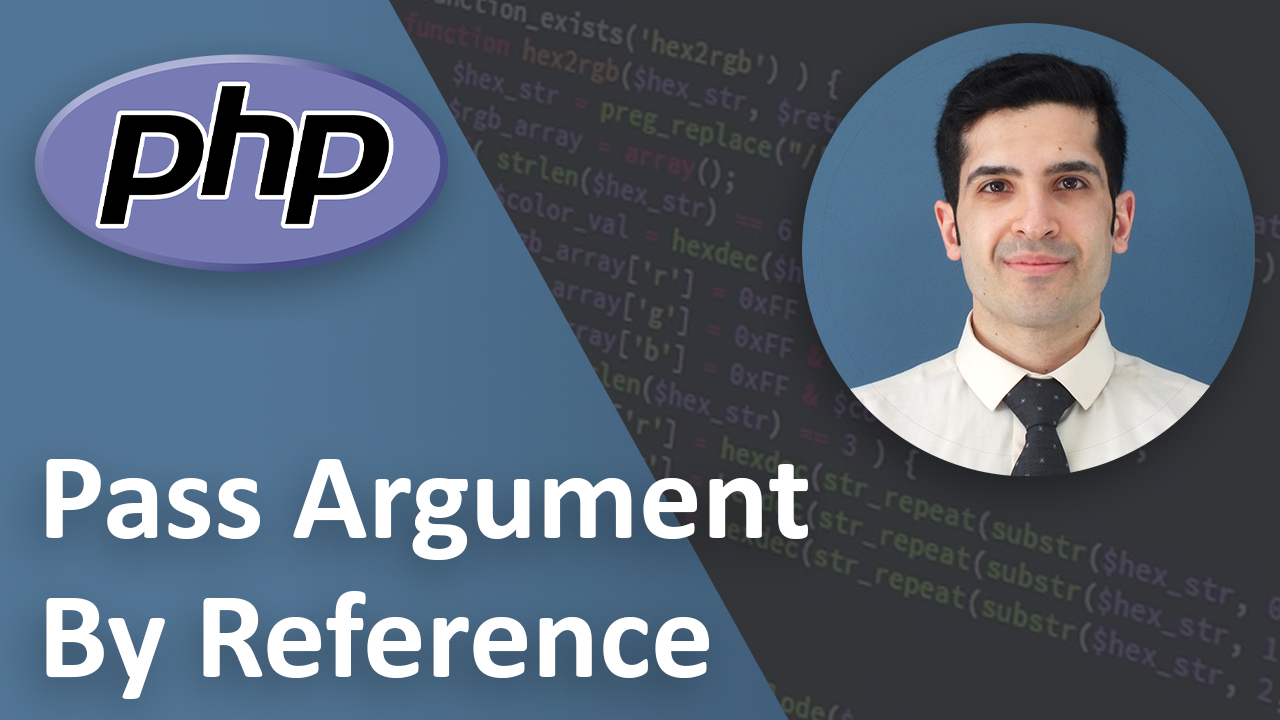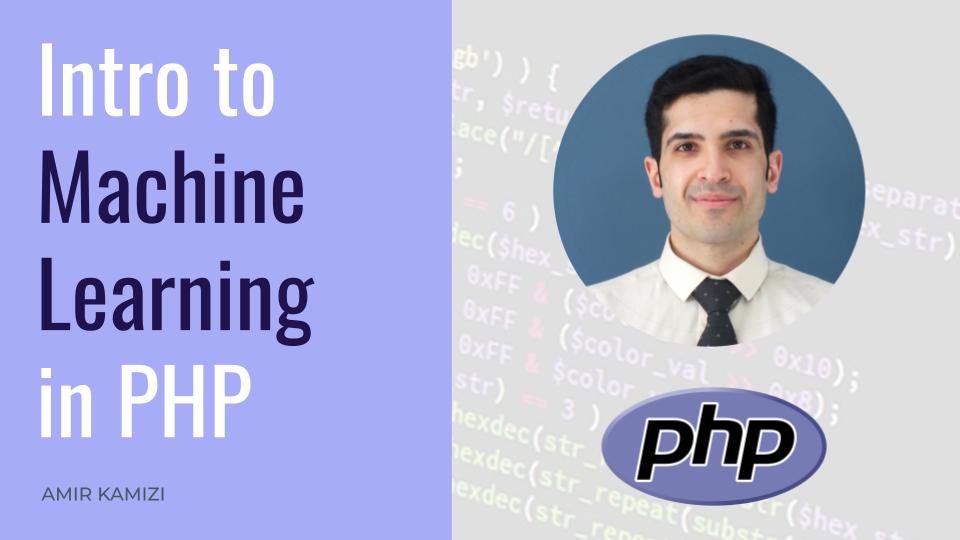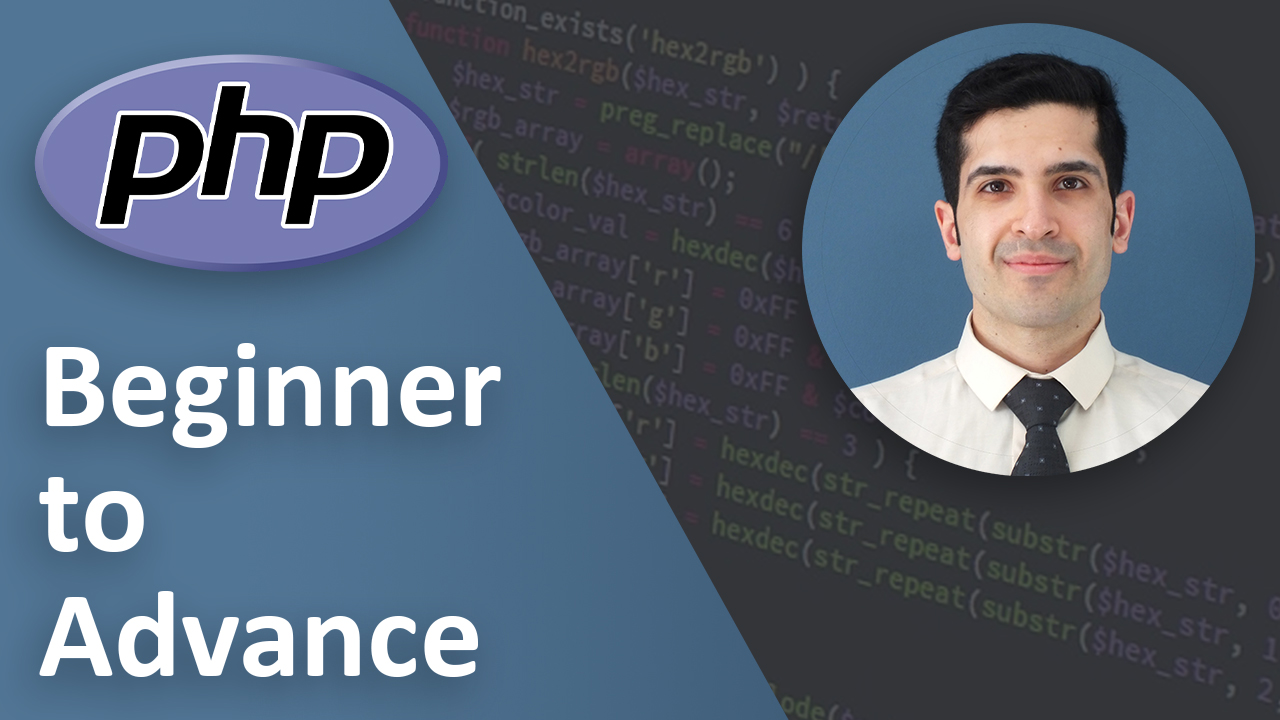Transitioning from PHP to Python: A Comprehensive Guide for PHP Developers
Last Updated on Sep 10, 2024
- Introduction
- Prerequisites
- 1. Syntax Simplicity: Embrace Indentation
- 2. Variables and Typing
- 3. String Handling and Formatting
- 4. Arrays vs. Lists and Dictionaries
- 5. Loops and Iterations
- 6. Handling Null Values: PHP’s Null vs. Python’s None
- 7. Object-Oriented Programming (OOP)
- 8. Package Management: Composer vs. Pip
- 9. Exception Handling
- 10. Curl in PHP vs. Requests in Python
- Conclusion
- Key Takeaways:
Introduction
As a proficient PHP developer, you’ve built dynamic web applications and mastered server-side programming. Now, you’re ready to explore the world of Python, a language known for its readability, simplicity, and flexibility. While PHP and Python share several core programming concepts, transitioning between the two requires understanding the key differences in syntax, paradigms, and best practices.
In this guide, we’ll walk through the main concepts that every PHP developer should know when transitioning to Python. By the end of this guide, you'll be equipped to write clean, efficient Python code with the same proficiency you have in PHP.
Prerequisites
Before diving into the key concepts, ensure you have the following setup:
- Python installed
- A code editor such as VS Code, PyCharm, or your preferred IDE.
- Familiarity with PHP, object-oriented programming (OOP), and basic web development concepts.
1. Syntax Simplicity: Embrace Indentation
One of the first things you’ll notice in Python is no curly braces {} and use of indentation. While PHP uses curly braces {} to define blocks of code, Python relies on indentation.
PHP
function greet($name) {
if ($name) {
echo "Hello, " . $name; // comment in php
} else {
echo "Hello, World!";
}
}
Python Equivalent
def greet(name):
if name:
print(f"Hello, {name}") # comment in Python
else:
print("Hello, World!") # notice the lack of semicolons (;)
In Python, the indentation is mandatory and defines the scope of code blocks. This is unlike PHP, where braces {} are used for this purpose. Proper indentation in Python is crucial for the code to run correctly.
2. Variables and Typing
In PHP, variables are prefixed with $ (e.g., $name), while in Python, variable names do not use such prefixes. Both languages are dynamically typed, meaning you don’t need to declare variable types explicitly
PHP
$age = 30; // int
$name = "John"; // string
Python
age = 30 # int
name = "John" # string
3. String Handling and Formatting
In PHP, strings are concatenated using the dot (.) operator. Python uses plus (+) to do the same. however, in Python it's more efficient to use an approach called f-strings, which makes string formatting simpler.
PHP
$name = 'John';
echo 'Hello, ' . $name . '!';
// or with "
echo "Hello, $name!";
Python
name = "John"
print("Hello, " + "John")
# or with f-string
print(f"Hello, {name}!")
Python's f-strings allow you to embed expressions directly within string literals, making them a preferred choice for string formatting.
4. Arrays vs. Lists and Dictionaries
PHP arrays are versatile and can be used for both indexed arrays and associative arrays. In Python, these concepts are split into lists (indexed arrays) and dictionaries (associative arrays).
PHP
// Indexed Arrays
$fruits = ['Apple', 'Banana', 'Orange'];
echo $fruits[0]; // Output: Apple
// Associative Arrays
$person = ['name' => 'John', 'age' => 30];
echo $person['name']; // Output: John
Python
# Lists (Like Indexed Arrays in PHP)
fruits = ['Apple', 'Banana', 'Orange']
print(fruits[0]) # Output: Apple
# Dictionaries (Like Associative Arrays in PHP)
person = {'name': 'John', 'age': 30}
print(person['name']) # Output: John
5. Loops and Iterations
Loops in PHP and Python are similar in functionality.
PHP
$fruits = ['Apple', 'Banana', 'Orange'];
// Foreach
foreach ($fruits as $fruit) {
echo $fruit;
}
// For
$count = count($fruits);
for ($i = 0; $i < $count; $i++) {
echo $fruits[$i];
}
// While
$i = 0;
$count = count($fruits);
while ($i < $count) {
echo $fruits[$i];
$i++;
}
Python
fruits = ['Apple', 'Banana', 'Orange']
# Similar to Foreach in PHP
for fruit in fruits:
print(fruit)
# Similar to For
count = len(fruits)
for i in range(count):
print(fruits[i])
# While
i = 0
count = len(fruits)
while i < count:
print(fruits[i])
i += 1
6. Handling Null Values: PHP’s Null vs. Python’s None
In PHP, the concept of null exists just like in Python, but it’s called None in Python.
PHP
$name = null;
if ($name === null) {
echo "Name is null";
}
// OR
if (is_null($name)) {
echo "Name is null";
}
Python
name = None
if name is None:
print("Name is None")
7. Object-Oriented Programming (OOP)
PHP and Python both support object-oriented programming. Here’s a comparison of class definitions and inheritance:
PHP
class Animal {
public $name;
function __construct($name) {
$this->name = $name;
}
function speak() {
echo "I am " . $this->name;
}
}
class Dog extends Animal {
public function bark() {
echo "Woof!";
}
}
$dog = new Dog("Buddy");
$dog->speak(); // Inherited method
$dog->bark(); // Method specific to Dog
Python
class Animal:
def __init__(self, name):
self.name = name
def speak(self):
print(f"I am {self.name}")
class Dog(Animal):
def bark(self):
print("Woof!")
dog = Dog("Buddy")
dog.speak() # Inherited method
dog.bark() # Method specific to Dog
in Python you have to pass self as the first argument of each funciton of the class. it doesn't have to be named self though, you can call it anything.
8. Package Management: Composer vs. Pip
PHP developers are familiar with Composer for managing dependencies. In Python, the equivalent is pip.
To install a package in PHP:
composer require some/package
After installing a package, you use it in your PHP script by including the Composer autoload file and then utilizing the package.
// Include the Composer autoload file
require 'vendor/autoload.php';
// Use a class from the package
use Some\Package\ClassName;
$instance = new ClassName();
$instance->doSomething();
In Python, the equivalent command is:
pip install some-package
After installing a package, you import and use it in your Python script.
# Import a module or class from the package
from some_package import SomeClass
# Create an instance of the class
instance = SomeClass()
instance.do_something()
9. Exception Handling
Both languages use try-catch (PHP) or try-except (Python) blocks for handling exceptions, but the syntax differs slightly
PHP
try {
// code
} catch (Exception $e) {
echo $e->getMessage();
}
Python
try:
# code
except Exception as e:
print(e)
10. Curl in PHP vs. Requests in Python
PHP uses cURL for making HTTP requests, while Python uses the requests library.
PHP
$ch = curl_init();
curl_setopt($ch, CURLOPT_URL, "https://api.example.com");
curl_exec($ch);
Python
import requests
response = requests.get("https://api.example.com")
print(response.content)
Conclusion
Transitioning from PHP to Python requires adapting to new syntax rules and conventions, but the underlying concepts remain familiar. Python’s emphasis on simplicity, readability, and a rich ecosystem makes it an excellent choice for PHP developers looking to expand their skill set.
Key Takeaways:
- Syntax: Python uses indentation instead of braces.
- Variables: No $ in Python; variables are dynamically typed.
- Strings: Python’s f-strings make string manipulation simpler.
- Data Structures: PHP arrays are split into lists (indexed) and dictionaries (associative) in Python.
- OOP: Python simplifies object-oriented syntax with self and __init__().
- Package Management: Use pip in Python like you use Composer in PHP.
